So, you think you know Flagler County? Sure, you’ve relaxed on our beaches, admired the public art, hiked hidden gem parks, and feasted your way through off-the-beaten path restaurants, but do you really know Palm Coast and the Flagler Beaches? We’ve rounded up some of the top trivia and little-known factoids about our county, from extraordinary geography to history that dates back thousands of years. Discover some of our region’s most surprising fun facts:

1. European settlers walked through present-day Flagler County as early as 1565, when Spanish Admiral Pedro Menendez, fresh off of founding the nearby city of St. Augustine, searched the coast for shipwrecked French sailors. But the first native settlers, the Timucua, lived here as long as 15,000 years ago. The Flagler County Historical Society Research Library in Bunnell displays a four-inch long spear point featuring hand-hewn stone used by indigenous people 6,000 to 7,000 years ago.
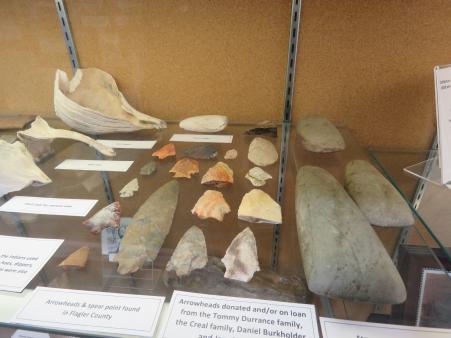
2. But the spear point is far from the oldest artifact on display in Flagler County. The Flagler Beach Historical Museum showcases teeth and leg bones from the remains of mastodons and wooly mammoths, who last roamed North America more than 10,000 years ago.
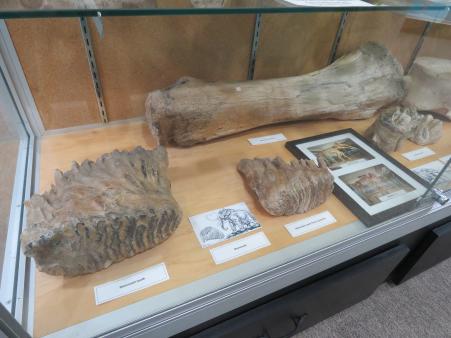
3. The region’s development accelerated during British occupation from 1763 to 1784; some 22,000 British loyalists fled to St. Augustine during the American Revolution seeking a safe haven from the American patriots in the U.S. Colonies. Hewitt’s Sawmill in present-day Palm Coast supplied much of the lumber for buildings in St. Augustine and throughout Flagler County to accommodate this growing population; the site of the former sawmill can be viewed at the Florida Agricultural Legacy Learning Center.

4. Those beautiful coquina rocks found along Flagler County’s miles of coastline aren’t just pretty to look at; they were once used in building construction, too. The Palm Coast Villas motel in Palm Coast is one of the last such buildings still in existence in Flagler County, and features more than 50,000 square feet of coquina rock in its construction. The property first opened as the Rock Court Motel in 1938.

5. Flagler County’s beaches played a pivotal role in deterring German U-boats in World War II. U.S. military on horseback patrolled Flagler’s beaches looking for Nazi submarines off the Atlantic coast, and military aircraft took off from Flagler Beach’s airport, dropping 100-pound incendiary bombs into the ocean to help protect U.S. shipping interests from German attacks.
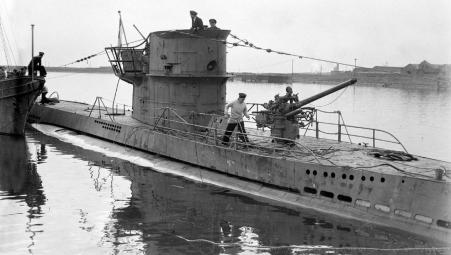
6. A decade before World War II, the Flagler County airport unexpectedly hosted a 20th century aviation legend, Charles Lindbergh, who touched down on November 28, 1931 en route to South Florida because of heavy fog. Lindbergh’s visit caused a stir among the locals, who came out to greet him until the fog lifted and he returned to the skies.
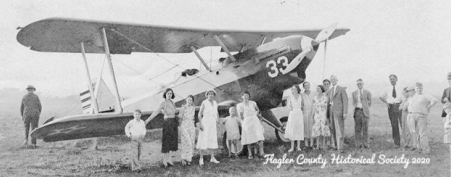
7. Flagler County’s seal features a potato, a nod to the region’s rich agricultural history. The Bunnell Development Company began marketing large tracts of land in the county to northerners around 1913, touting the region’s rich soil that was conducive to growing corn, onions, tomatoes and potatoes. The potato proved to be the most robust crop for the growing population of farmers, so much so that it made it onto Flagler County’s seal after its founding in 1917.

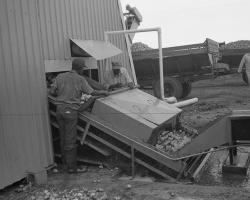
8. The famed Dixie Highway, one of America’s first cross-country routes that spanned Chicago to Miami, crossed through Flagler County after its opening in 1915. A portion of the narrow brick-covered highway can be accessed in Espanola by driving County Road 13 just a few minutes past the Flagler County Fairgrounds in Bunnell.

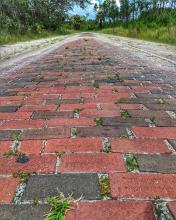
*Historic photos provided by the Flagler County Historical Society












